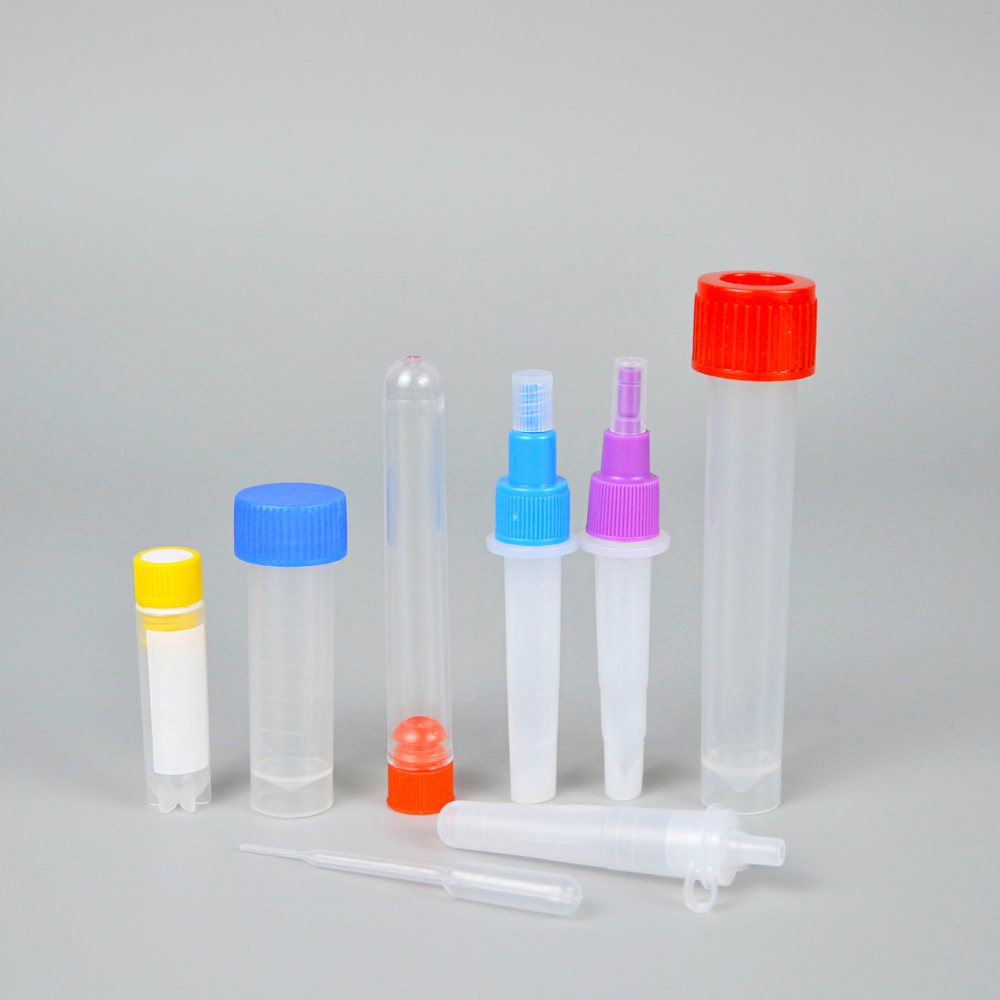
-
 Afrikaans
Afrikaans -
 Albanian
Albanian -
 Amharic
Amharic -
 Arabic
Arabic -
 Armenian
Armenian -
 Azerbaijani
Azerbaijani -
 Basque
Basque -
 Belarusian
Belarusian -
 Bengali
Bengali -
 Bosnian
Bosnian -
 Bulgarian
Bulgarian -
 Catalan
Catalan -
 Cebuano
Cebuano -
 Corsican
Corsican -
 Croatian
Croatian -
 Czech
Czech -
 Danish
Danish -
 Dutch
Dutch -
 English
English -
 Esperanto
Esperanto -
 Estonian
Estonian -
 Finnish
Finnish -
 French
French -
 Frisian
Frisian -
 Galician
Galician -
 Georgian
Georgian -
 German
German -
 Greek
Greek -
 Gujarati
Gujarati -
 Haitian Creole
Haitian Creole -
 hausa
hausa -
 hawaiian
hawaiian -
 Hebrew
Hebrew -
 Hindi
Hindi -
 Miao
Miao -
 Hungarian
Hungarian -
 Icelandic
Icelandic -
 igbo
igbo -
 Indonesian
Indonesian -
 irish
irish -
 Italian
Italian -
 Japanese
Japanese -
 Javanese
Javanese -
 Kannada
Kannada -
 kazakh
kazakh -
 Khmer
Khmer -
 Rwandese
Rwandese -
 Korean
Korean -
 Kurdish
Kurdish -
 Kyrgyz
Kyrgyz -
 Lao
Lao -
 Latin
Latin -
 Latvian
Latvian -
 Lithuanian
Lithuanian -
 Luxembourgish
Luxembourgish -
 Macedonian
Macedonian -
 Malgashi
Malgashi -
 Malay
Malay -
 Malayalam
Malayalam -
 Maltese
Maltese -
 Maori
Maori -
 Marathi
Marathi -
 Mongolian
Mongolian -
 Myanmar
Myanmar -
 Nepali
Nepali -
 Norwegian
Norwegian -
 Norwegian
Norwegian -
 Occitan
Occitan -
 Pashto
Pashto -
 Persian
Persian -
 Polish
Polish -
 Portuguese
Portuguese -
 Punjabi
Punjabi -
 Romanian
Romanian -
 Russian
Russian -
 Samoan
Samoan -
 Scottish Gaelic
Scottish Gaelic -
 Serbian
Serbian -
 Sesotho
Sesotho -
 Shona
Shona -
 Sindhi
Sindhi -
 Sinhala
Sinhala -
 Slovak
Slovak -
 Slovenian
Slovenian -
 Somali
Somali -
 Spanish
Spanish -
 Sundanese
Sundanese -
 Swahili
Swahili -
 Swedish
Swedish -
 Tagalog
Tagalog -
 Tajik
Tajik -
 Tamil
Tamil -
 Tatar
Tatar -
 Telugu
Telugu -
 Thai
Thai -
 Turkish
Turkish -
 Turkmen
Turkmen -
 Ukrainian
Ukrainian -
 Urdu
Urdu -
 Uighur
Uighur -
 Uzbek
Uzbek -
 Vietnamese
Vietnamese -
 Welsh
Welsh -
 Bantu
Bantu -
 Yiddish
Yiddish -
 Yoruba
Yoruba -
 Zulu
Zulu
plastic petri dish sterilization
Sterilization of Plastic Petri Dishes Importance and Methods
In laboratories around the world, Petri dishes serve as essential tools for microbiological studies, tissue culture, and a variety of experimental applications. While glass Petri dishes have long been the traditional choice due to their robustness and ability to withstand high temperatures, plastic Petri dishes have become more prevalent due to their lightweight nature, cost-effectiveness, and disposability. However, the sterilization of plastic Petri dishes presents unique challenges that must be addressed to ensure reliable experimental outcomes.
Sterilization of Plastic Petri Dishes Importance and Methods
One common method for sterilizing plastic Petri dishes is the use of chemical solutions such as ethanol or bleach. These solutions effectively eliminate bacteria and other pathogens. Ethanol, for example, is typically used at concentrations of 70% and requires a contact time of several minutes to ensure effective microbial kill rates. Although bleaching agents are effective, they can leave residues that may interfere with certain experiments, necessitating thorough rinsing with sterile water.
plastic petri dish sterilization

Another widely utilized method for sterilizing plastic Petri dishes is gamma irradiation. This technique involves exposing the dishes to gamma radiation, which effectively destroys microbial DNA, rendering pathogens inactive. Gamma irradiation is particularly advantageous as it penetrates materials without causing heat damage, thereby preserving the structural integrity of the plastic. This method is often employed for mass production of sterile Petri dishes, ensuring that they are ready-to-use upon opening.
Additionally, ethylene oxide gas sterilization is an option for laboratories aiming to maintain the integrity of plastic dishes while ensuring sterility. This low-temperature sterilization method involves exposing items to ethylene oxide gas, which penetrates the packaging and effectively sterilizes the contents. However, it requires meticulous handling due to the toxic nature of the gas, necessitating specially equipped facilities and personnel training.
In conclusion, the sterilization of plastic Petri dishes is paramount for maintaining a contamination-free environment in laboratory settings. Given the limitations of heat sterilization methods, alternative options such as chemical methods, gamma irradiation, and ethylene oxide gas sterilization play crucial roles in ensuring the effectiveness of these essential tools. By employing these techniques, researchers can uphold the integrity of their experiments and contribute to the advancement of scientific knowledge. As the field of microbiology continues to evolve, so too will the methods of sterilization, ensuring that plastic Petri dishes remain a reliable staple in labs worldwide.
-
PTFE Centrifuge Tubes - Chemical Resistant, Leak-proof, Ideal for Laboratory UseNewsJul.05,2025
-
Premium Metal Dropper Bottle for Precise Dispensing 250ml & 1ml Options AvailableNewsJul.04,2025
-
20 ml Headspace Vials - High Quality Polyethylene & Plastic Vials for Lab UseNewsJul.04,2025
-
Small Bottle with Pipette - Precise Dispensing 100ml Pipette Bottles for Essential Oils & Lab UseNewsJun.24,2025
-
Acetic Anhydride Bottle for Accurate Dropper Measurement in Pharmacy Use High-Quality Dropper BottlesNewsJun.10,2025
-
Innovative PET Bottle Design for Juice – Unique Shapes & Customization OptionsNewsJun.10,2025






















